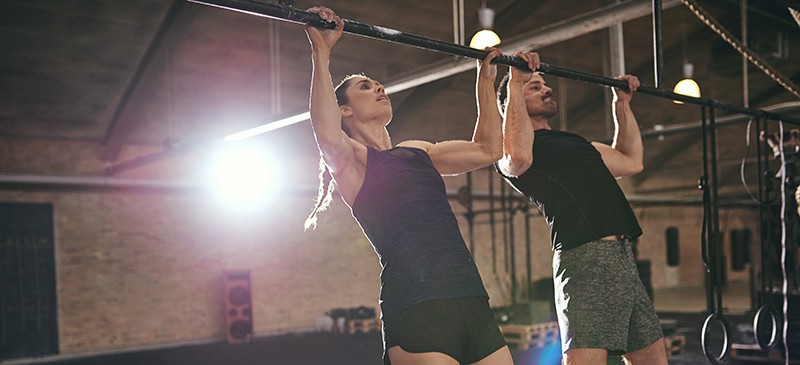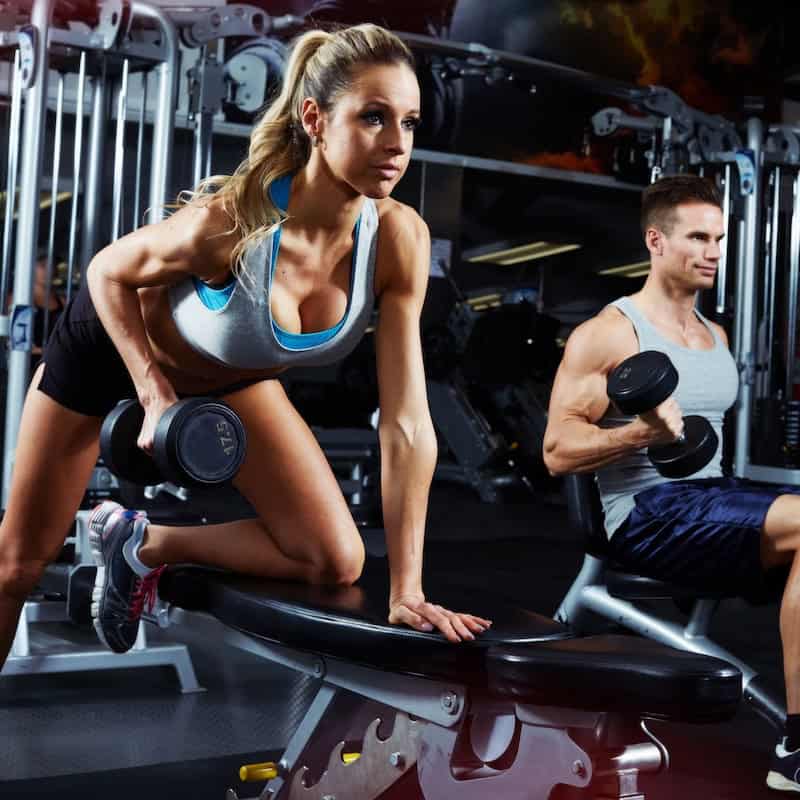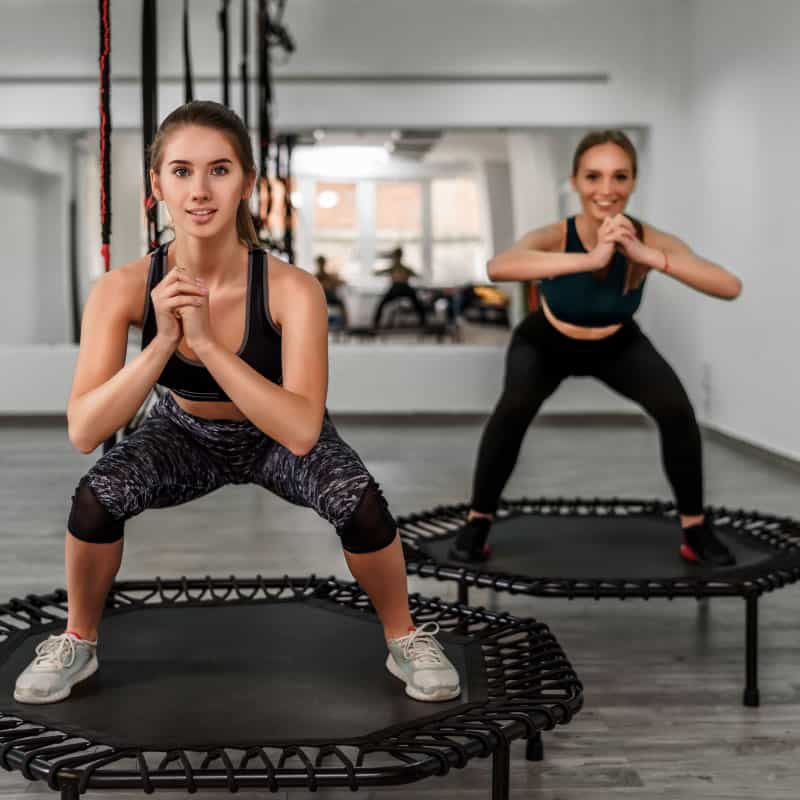This Dr. Axe content is medically reviewed or fact checked to ensure factually accurate information.
With strict editorial sourcing guidelines, we only link to academic research institutions, reputable media sites and, when research is available, medically peer-reviewed studies. Note that the numbers in parentheses (1, 2, etc.) are clickable links to these studies.
The information in our articles is NOT intended to replace a one-on-one relationship with a qualified health care professional and is not intended as medical advice.
This article is based on scientific evidence, written by experts and fact checked by our trained editorial staff. Note that the numbers in parentheses (1, 2, etc.) are clickable links to medically peer-reviewed studies.
Our team includes licensed nutritionists and dietitians, certified health education specialists, as well as certified strength and conditioning specialists, personal trainers and corrective exercise specialists. Our team aims to be not only thorough with its research, but also objective and unbiased.
The information in our articles is NOT intended to replace a one-on-one relationship with a qualified health care professional and is not intended as medical advice.
How to Do Pull-ups and 4 Benefits of This Exercise
October 29, 2019

Imagine you’re watching the Olympics and you see a rings gymnast come next. He powders his hands and takes a few breaths to ready himself before going into the routine. He jumps up to the rings and starts to pull himself up. He makes it look so easy but we all know how difficult it is.
That’s the result of mastering the pull-up and progressing it to the most extreme levels. Don’t worry, we’re not going to learn how to be an Olympic gymnast in this article, but we will break down the benefits of pull-ups and how to do them no matter what skill level you’re at.
Having worked out for over 10 years and a NASM-certified trainer, I can honestly say that the pull-up is my favorite exercise, in part because it’s a more natural motion for all of us.
I know some people out there think that pull-ups are too hard and don’t even want to get started, but I want to reassure you that there’s ways to make it easier to start with in order to eventually move to full bodyweight exercise pull-ups.
At the end, I’ll give simple ways to get started so you can begin your pull-up journey no matter where your fitness is at now.
What Is a Pull-Up?
A pull-up is an exercise where you pull yourself up from a hanging position typically holding onto a bar designed for them. The motion of the pull-up activates several back muscles such as the latissimus dorsi (lats), trapezius (traps), rhomboids, biceps and requires core (abdominals) stabilization to keep everything stabilized.
Think about a superhero movie. Not all superhero movies have this but in some there’s a part where a character is hanging on the edge of a cliff and they’re dangling only inches from doom. Then, they muster up their will, grunt and eventually pull themselves up from the ledge to safety.
That general movement from hanging to pulling up is the basis of what the pull-up is.
Benefits
Now that you know pull-ups are necessary for superheroes, why would you ever do them? There are several reasons pull-ups are great for us and our bodies, but I’ll summarize it here with just four reasons.
1. Pull-ups Create a Strong Frame and Body
In our society so many of us are hunched over at work cranking away on our computers. We also over emphasize the push-up and chest exercises, which can create muscle imbalances in our upper torso if we don’t stretch, ensure corrective training is in place and strengthen the opposing muscle group.
As we’re hunched over at our computers and doing do many chest tightening exercises, we run into a problem called upper crossed syndrome. Upper crossed syndrome is when the muscles in the neck, upper back and chest become imbalanced and get either too tight or overstretched. It’s when our head protrudes and our upper back slouches.
Pull-ups can help combat upper crossed syndrome, slouching shoulders and poor posture to create a strong body and frame. Because the pull-up requires several back muscles to activate, it’ll build the powerful posterior (muscles located on the back of the body) chain for us to stand up right, reduce our muscle imbalances and set a foundation for further growth.
2. Pull-Ups Work Several Muscle Groups At Once
The pull-up requires several muscle groups to achieve the intended outcome of pulling the body up. That’s another great benefit with the pull-up because it requires core activation on top of all the back muscles that are worked. This is good because we can work several muscles in just one exercise, therefore getting a better workout for the amount of time and effort put into it.
There is a research article by Jennifer K Hewit, at the Department of Physical Education, that explained a study done with 41 uninjured men and women to see what muscles were most activated for variations of the pull-up. They found, in the standard pull-up exercise, the rectus abdominis (the abdominals) was activated the most followed by the biceps, lats and traps, in that order. (1)
This shows that multiple muscle groups are active during the pull-up and is one of the reasons I like doing it so much.
3. Multiple Variations to Pick What Works Best
The pull-up is a diverse exercise that allows for freedom, creativity and customization. The standard pull-up is to grip the bar pronated (overhand) with a grip going wider than the shoulders. However, the hands can also come close to the center of the body, supinated (underhand) and it doesn’t always have to be bodyweight at first; starting with a pull-up machine is possible.
The reason the pull-up has so many variations is because it doesn’t require a sitting position, cables, machines, presses and so many more limited impediments on the body.
4. For Beginners and Experts
To start with pull-ups, you can begin with the pull-up machine that’ll help reduce the weight you have to lift. Then as you get stronger you can reduce the weight on the machine more and more until you progress to doing eccentric bodyweight pull-ups.
Eccentric bodyweight pull-ups are done body either jumping or using a bench to get yourself above the bar in a normal pull-up position. Then you slowly let yourself go back to the starting point of hanging in pull-up ready position. You jump up or use the bench to again get you above the bar and repeat. That will help you build the strength you need to eventually progress to full bodyweight pull-ups.
After you move to bodyweight pull-ups, you can go into weighted pull-ups. As you get stronger and stronger, you then have the option to begin doing calisthenics.
Calisthenics is an exercise style that utilizes the body’s weight for workouts. Examples of expert calisthenics workouts are doing muscle-ups (pull-up that transitions to lifting the torso above the bar) to then jumping on top of the pull-up bar.
Another example is is doing a front lever, which is when you see the guys start in a pull-up position then move towards hanging there horizontally with their legs out front and torso angled backwards. And most of that starts with being able to master the pull-up.
How to Do A Pull-Up Properly
Now you know what a pull-up is, what it’s good for and how much freedom it offers, then how do you do a pull-up properly?
First, be aware the pull-up is a back exercise that should be using your lats, mid traps and rhomboids to lift you, with biceps as support. The visualization here would be to not pull yourself up with your forearms and elbows but instead squeeze yourself up by bringing your elbows down towards your back.
- Start off by grabbing the bar above you a little wider than shoulder-width.
- Stabilize the core, lower back and glutes to keep a strong base.
- Make sure your elbows are pointed out to the side not in front.
- Lift yourself up and as you do remember to squeeze your elbows down.
- Keep your neck vertical and looking straight.
- As you get to the top, be sure to keep your head neutral, not cranking your chin forward to get higher.
- Once you reach the top of the pull-up bar, your eyes and chin should be slightly over the pull-up bar.
- Slowly lower yourself back down to the starting point, letting your arms go to 95 percent full extension
Avoid: Going halfway down and then back up. You won’t work the full range of motion; to make progress, you want to ensure good form.
Because there’s so much freedom with the pull-up, there’s also incredible room for error. A pull-up can easily be done with poor form using more biceps while under-utilizing the lats, mid-traps, rhomboids and then swinging to get momentum.
Just be sure to do it in a controlled lift with good form, using the machine pull-up first if you can’t do bodyweight pull-ups yet.
Pull-ups vs. Chin-ups
There seems to be confusion around doing a pull-up and a chin-up. They are different exercises that focus on similar muscle groups but each one is good for various reasons.
The pull-up has the pronated (overhand) grip with hands wider than shoulder-width. It mainly focused on using the lats, mid traps and rhomboids to lift with supplementary help from the biceps. This exercise is beneficial for people who want to get more width in their back for that V-shape.
The chin-up has a supinated (underhand) grip with hands shoulder-width or closer. It mainly focuses on using the lats and biceps to lift with supplemental help from the mid-traps, rhomboids, teres major/minor and posterior deltoids.
This exercise is beneficial for people who want to build their biceps more than widen their back; it’s also easier than a pull-up and a good place to start in order to progress to a bodyweight pull-up.
Getting Started
To get started you can try the machine pull-ups and choose weight that lets you easily do pull-ups to get a feel for them.
If you don’t have a pull-up machine at the gym you’re at, then you can take a bench, bring it under the pull-up bar and do eccentric (getting help to lift yourself above the bar and then slowly lowering down) pull-ups to build strength in order to progress into bodyweight pull-ups.
Some people have a more difficult time with pull-ups due to their body, genetics and muscular physique. Just be sure to take it slow, be patient and not judge yourself. You may just find that you really enjoy doing pull-ups and have now opened a whole new door of possibilities.
 Chaz Wolfson is the creator and content moderator behind The Fitness Wrangler. A Certified Personal Trainer (NASM), he trains clients at a local gym in Tampa, FL. Having dealt with difficult gut issues, put on unwanted weight and suffered through various diseases, he learned to remedy his gut health issues and lost 30 pounds. He’s now on a mission to discover why he got so unhealthy, how to reverse it and in the process share what he’s learning to help others overcome their own chronic health issues to take control of their fitness.
Chaz Wolfson is the creator and content moderator behind The Fitness Wrangler. A Certified Personal Trainer (NASM), he trains clients at a local gym in Tampa, FL. Having dealt with difficult gut issues, put on unwanted weight and suffered through various diseases, he learned to remedy his gut health issues and lost 30 pounds. He’s now on a mission to discover why he got so unhealthy, how to reverse it and in the process share what he’s learning to help others overcome their own chronic health issues to take control of their fitness.










